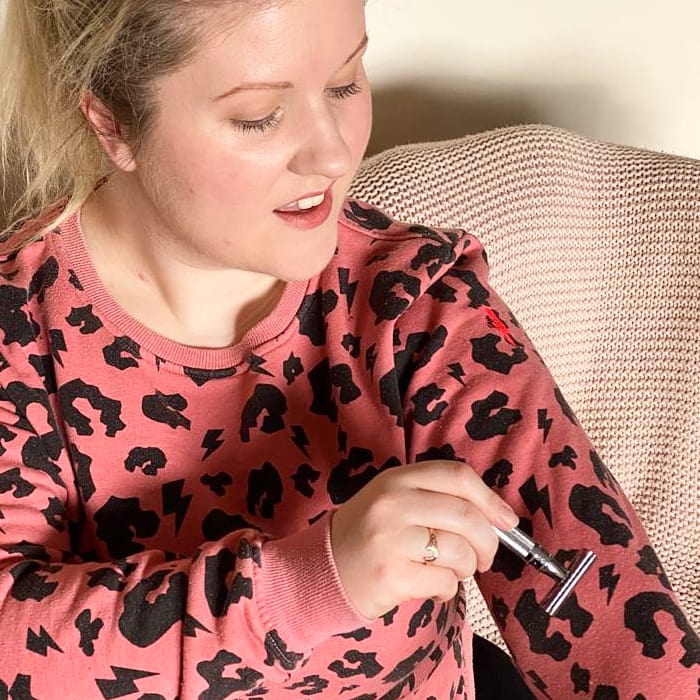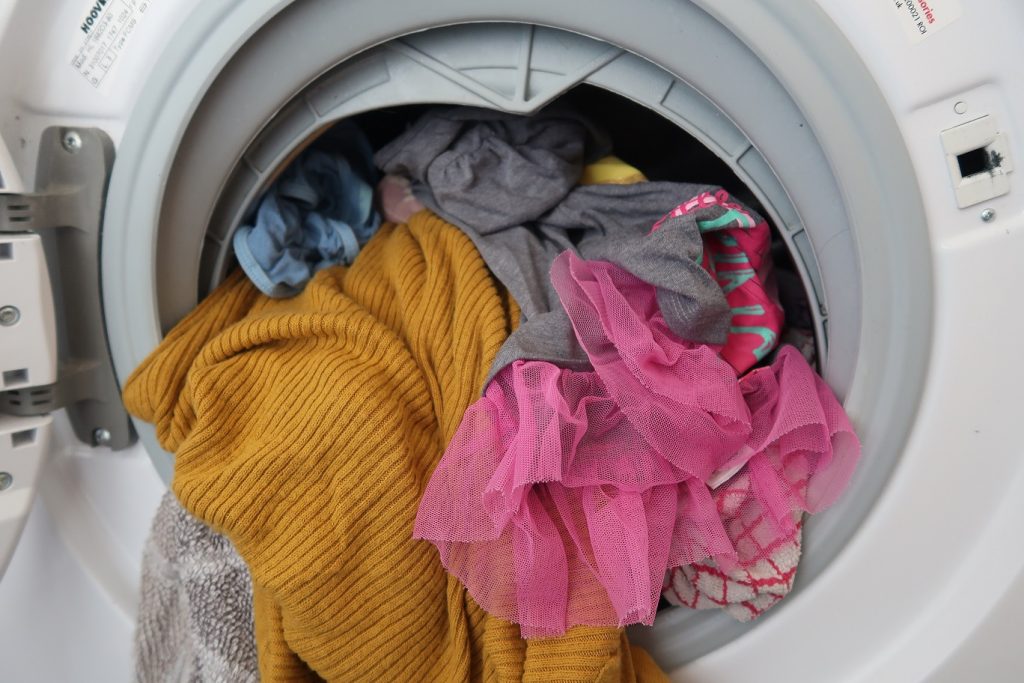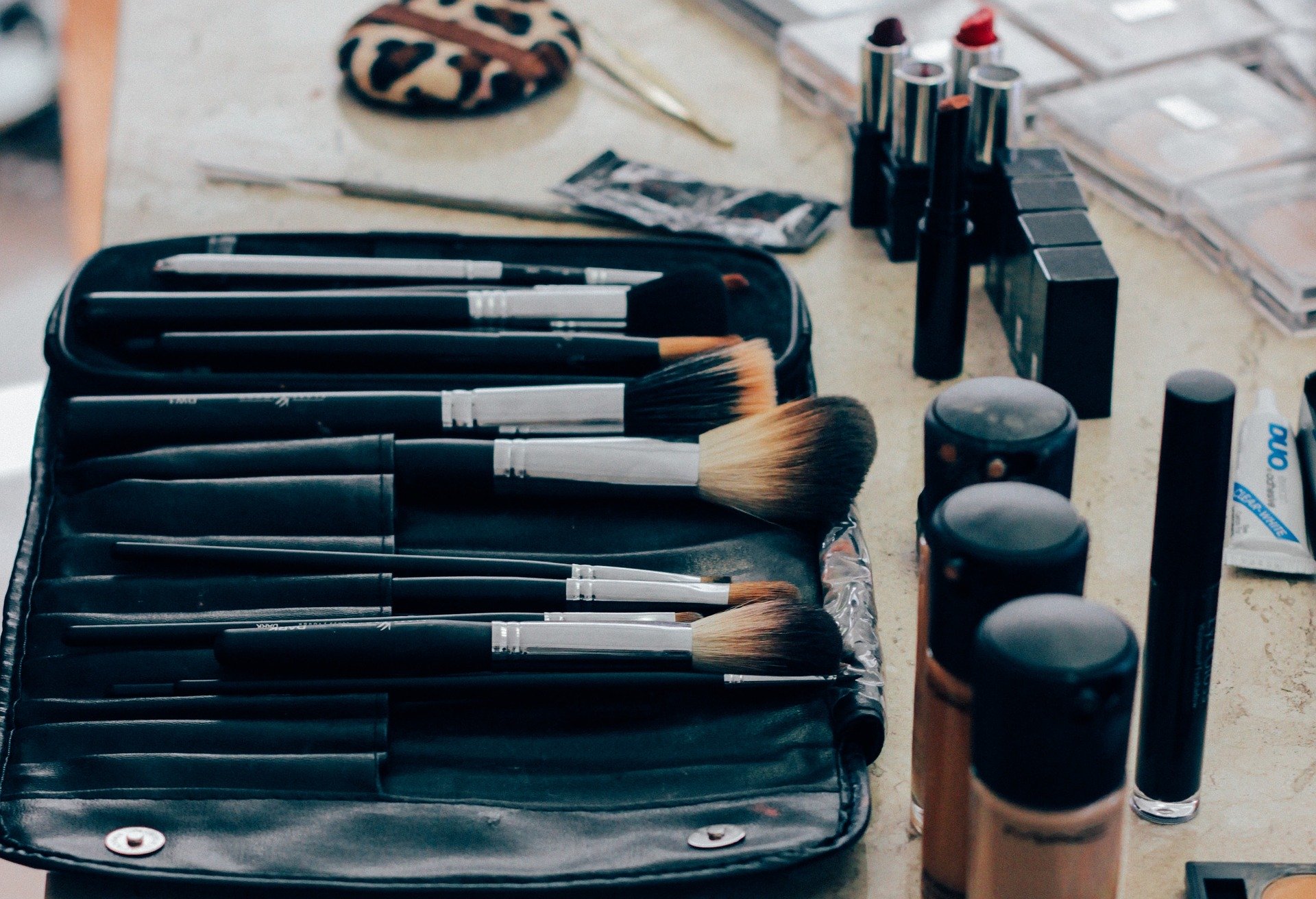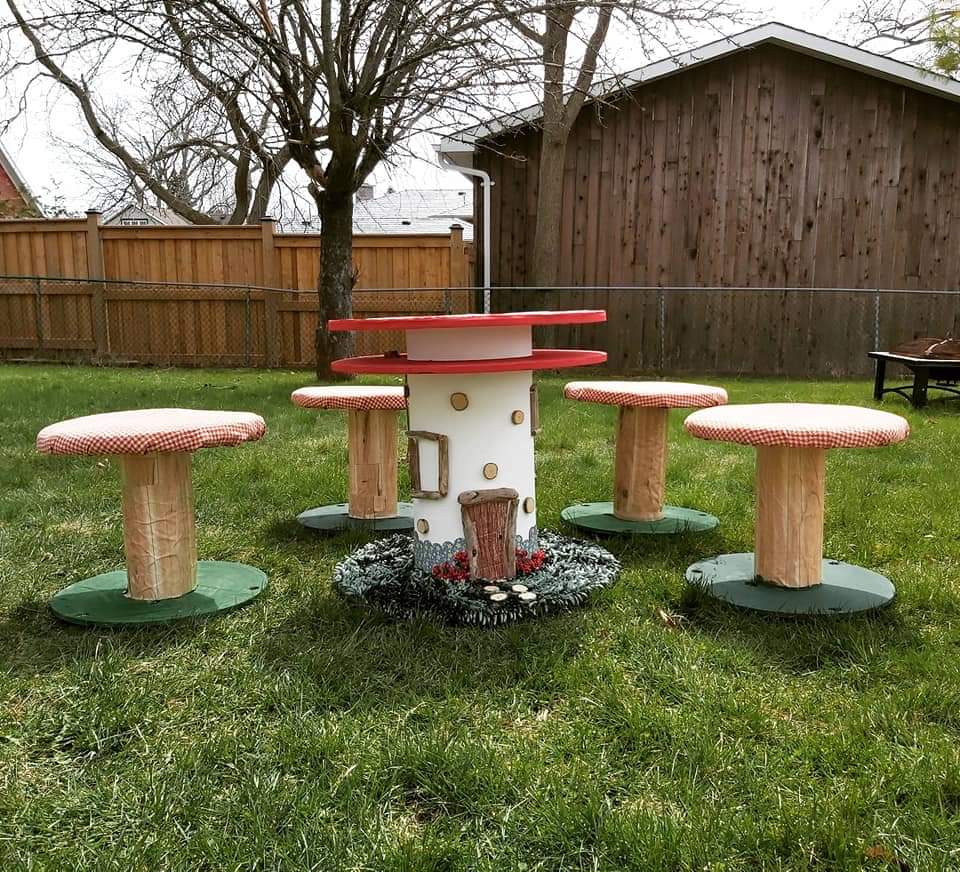It’s the start of Fashion Revolution week and time to learn how to look after our clothes. Lots of us have been checking our fashion eco footprint over on Thredup.com . The calculator shows us where we are vs the average person and then what this amounts to in flights. At the end of the quiz you can see ways to reduce your footprint but they don’t seem to tell us how to make our clothes last longer…. so I thought I would share some of my top tips.
Repair:

Seems logical doesn’t it? If we want to make our clothes last longer then we need to repair them when they get damaged but it isn’t always as easy as that. Some of us are useless at sewing for example! However, I urge you to invest in a needle, some threads and patches to keep handy for when needed. Take advantage of kind friends and family members willing to teach you repair skills and if they are in short supply we can all avail of the power of Youtube to teach us how to sew on a button. There are also some great websites showing you how to do visible repairs with embroidery.
Shave off those bobbles:

Sometimes no matter how good the quality we buy, items can get bobbles over time. You can however rid your clothes of these by two methods. You can get a battery operated tool to remove the bobbles or you can use a razor to shave the bobbles off. I opt for the later.
Wash Less:
By washing less I don’t mean wear stinky clothes. What I mean is only wash when you need to not just out of habit. Over washing will wear out elastics and fade colours quickly.
Last year I made an effort to wear the same jumper to work until it needed washed. I work for Lush so we can get pretty dusty at times but I made it through 8 shifts until it needed a wash. Let me be clear, I was wearing a t-shirt under the jumper as many of us do and they were washed every other day or so but the jumper itself really didn’t need a wash. Prior to this challenge I would have just washed it with the t-shirt but I now wear one jumper to work for the week and change my tops under it as needed. Nobody cares, we all wear black and a black jumper is a black jumper.
Don’t overfill your washing machine:

It may seem a great idea to pack your machine full to minimise the loads you need to do but the reality is if your machine is too full your clothes won’t be washed properly. They wont have space to agitate nor to be rinsed correctly. Try keeping your machine loosely packed to ensure clothes are washed fully.
Tumble dry less:
Not only are dryers bad for the environment, they are pretty bad for our clothes too. Look in your lint dryer, that ALL came off your clothes. The heat will also damage the elastics in your clothing.
Embrace your clothes horse when you can and protect your clothes and the environment – winner!
Refresh old clothes with a dye job:

Some people will use natural dyes but these are somewhat limited in colours and tones. You can find some great info on natural dyes over on My Green Closet that you can certainly check for ideas. I’m a huge lover of the tone in natural dye so will likely to it myself in the future. If it isn’t for you, you can buy Dylon fairly easily these days to refresh your clothes. Perfect for when black jeans and cardis start to go grey. According to their website the dyes have been tested for environmental impact and the dye dilutes in the water to a safe level (for humans and animals) and can be dealt with effectively in the sewage system. While it may not be natural, it is a very effective and easy product to use.
Upcycle:

Perhaps it really is a case of an item being at the end of it’s life but can it be upcycled? The crafty sewers among us may be able to breathe new life into an item by turning it into something else. Jeans into a bag? A shirt into a childs dress? You can tell I love watching The Great British Sewing Bee and I am over the moon it’s back on again this week (BBC1 on Wednesday at 9pm). Be assured that if I could sew I would be constantly upcycling everything and I am currently very tempted to get sewing lessons so watch this space!
Avoid tossing them into landfill:
And when we reach the true end of our products and can think of no way to extend their life we can still avoid sending them to landfill. Currently 84% of all clothes end up in landfills and it need not be the case. Most charity shops will sell rags to the rag merchant and this makes them quite a bit of money. The rag merchant wont just take clothes either, they take old shoes, bags, belts and bedding too. Just be sure to bag rags up separate from any clothes for donations and label the bag clearly as rags so they can go off to be recycled into something new.
My list is not exhaustive, you certainly may have other tips and tricks you know for extending the life of your clothes – feel free to share them with me in the comments below or over on The Greener Guru Instagram page
Related articles you might enjoy:






Great post! There are so many ways we can avoid throwing out clothes/ avoid buying soooo many new clothes – and all of this really starts in our heads… http://www.sustainableresponsibleliving.com
[…] How to keep your clothes looking brand new […]
[…] How to keep clothes looking newer for longer […]
[…] Keep your clothes looking newer for longer. […]